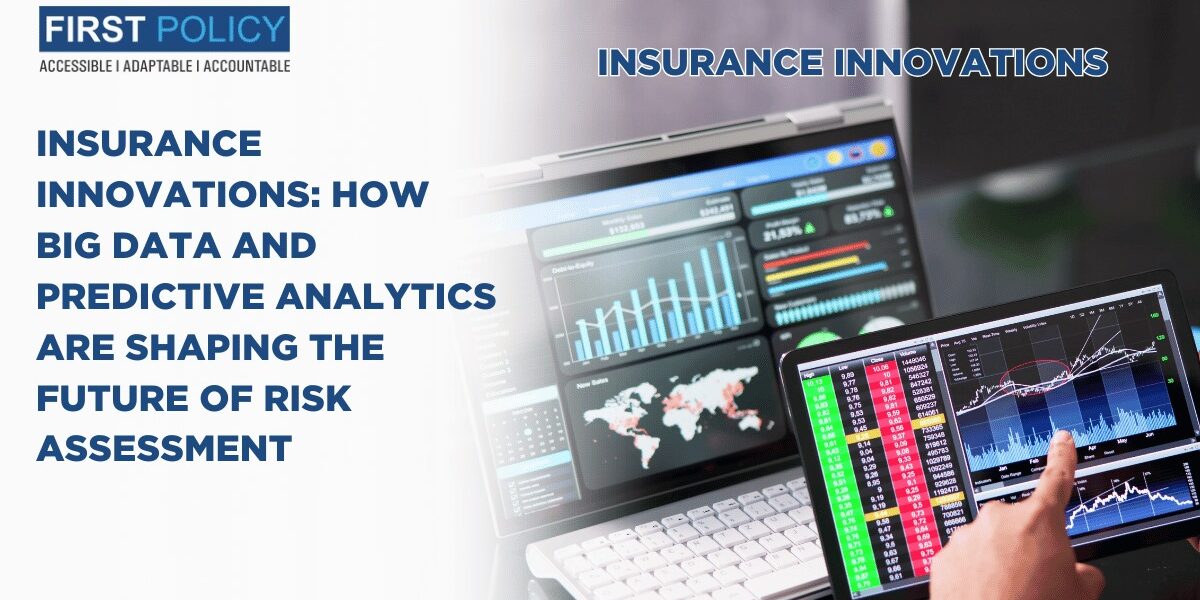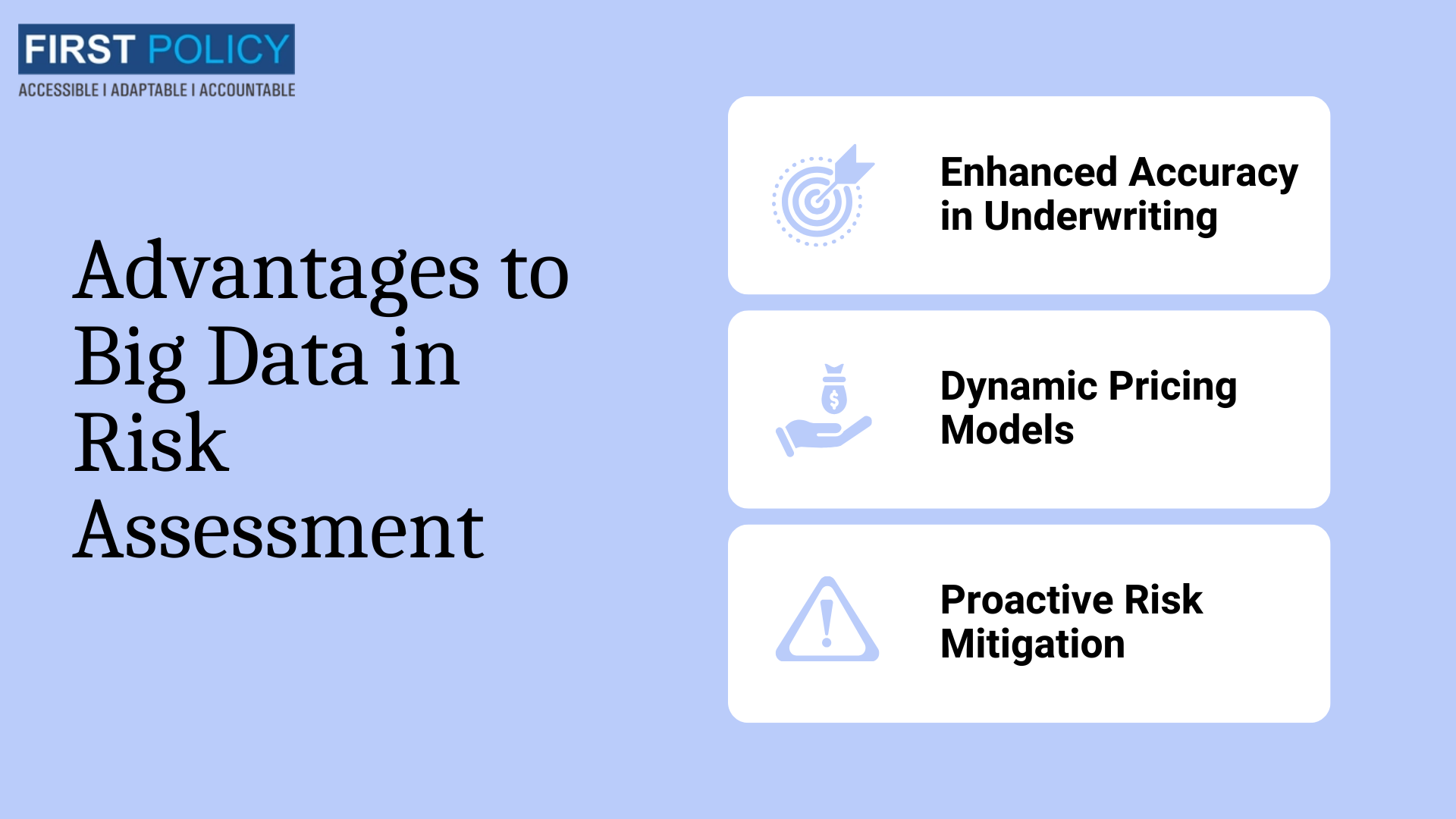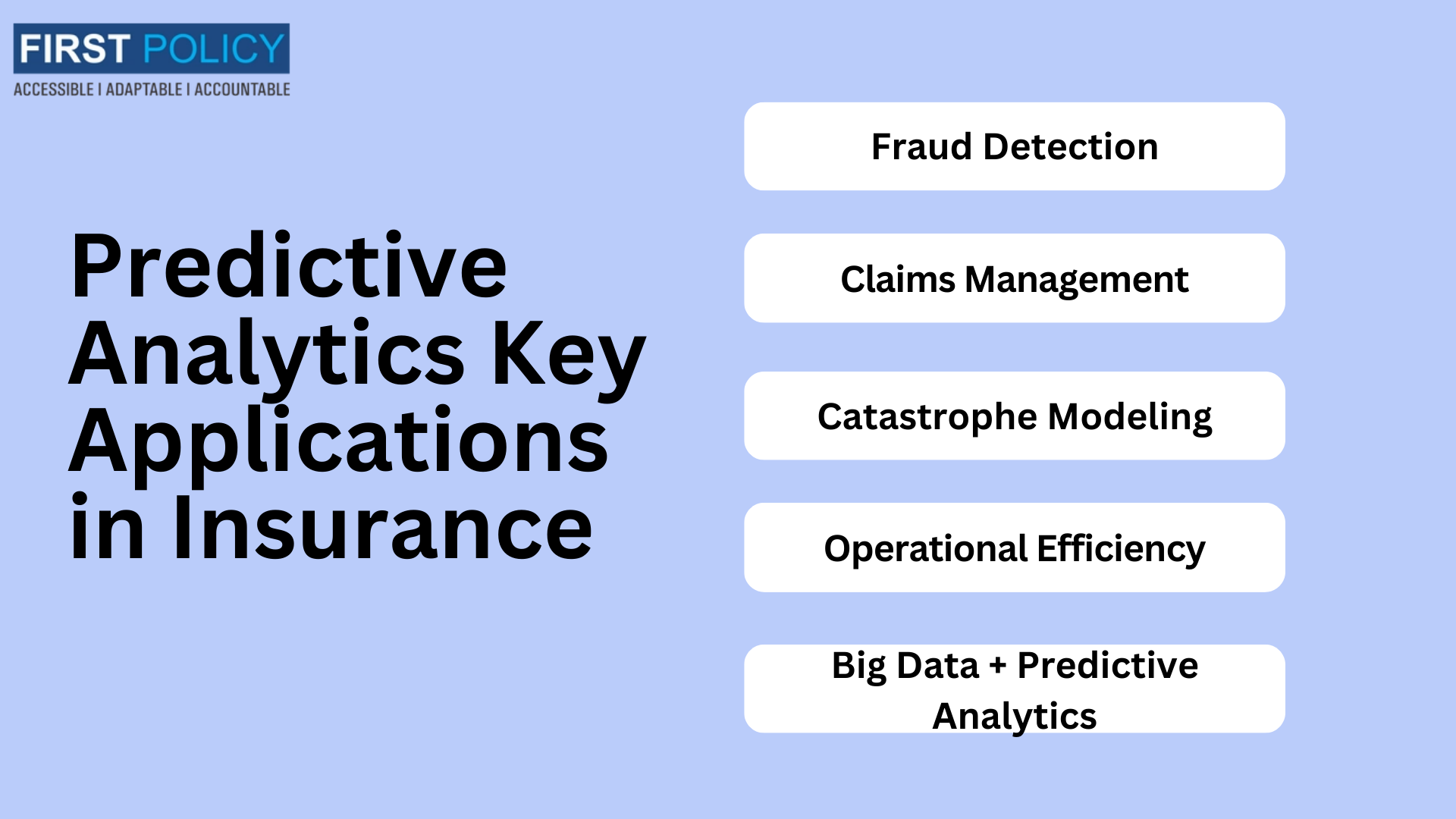
Insurance Innovations: How Big Data and Predictive Analytics are Shaping the Future of Risk Assessment
The insurance industry has been a traditionally safe profession for the risk-averse and is changing seismically. Big data and predictive analytics are fueling this evolution, no doubt at the forefront of how insurers can now assess, manage, and mitigate risk. Said technology makes it possible for insurers to process huge amounts of data in real time, discover new patterns and forecast risks with unheard of accuracy. This shift is squeezing efficiencies, and is also driving stellar new products that respond on a specific need, such as industrial all risk policy, erection all risk insurance, and construction all risk insurance.
Big Data in Modern Insurance: The role of Big Data
Big data are datasets that cannot fit into a computer’s internal memory, and cannot be processed by traditional database techniques. They are very large; the datasets may be too large to fit into the memory of a computer or may be distributed across large databases. With technology changes, we now have such data available to us in insurance industry. IoT devices, telematics, social media, weather monitoring systems and customer behavior data are the sources.
IoT sensors found in industrial equipment allow businesses and insurers to know what is happening continuously; for example, they can remind the businesses and the insurers of potential breakdowns. This not only avoids catastrophic losses, but it also allows insurers to design dynamic industrial all risk policies matching the operationally specific risks of these industries.

Advantages to Big Data in Risk Assessment
Enhanced Accuracy in Underwriting: Actuarial tables have not served these insurers well for long enough, and it is time for them to be put to rest. It offers an improved view of the ‘one off’ company exposures.
Dynamic Pricing Models: With big data, insurers can personalize premiums to the latest risk analysis as opposed to historical data. In particular, an example of a construction all risk insurance policy would have a variable premium related to real time, site safety data.
Proactive Risk Mitigation: Big data enables insurers to alert policyholders to probable risks before they occur, by identifying them. Claims are reduced, which shortens the customer cycle and improves the customer relationship.
Predictive Analytics: Revolutionizing Risk Forecasting
Data, algorithms and machine learning applied to predict future outcomes is what is known as predictive analytics. When applied to insurance, predictive analytics use a broader set of signals to improve risk forecasting by incorporating inter dependencies among contexts.
For instance, in erection all risk insurance might make use of predictive models analyzing all historical data on similar projects and environmental conditions along with contractor performance to forecast potential delay, equipment failure or structural issues. This also enables insurers to know exactly what they need to charge for policies and give actionable insight to their clients.

Predictive Analytics Key Applications in Insurance
Fraud Detection: Machine learning models that look at claims data look for suspicious patterns which might be red flags for fraud.
Claims Management: With predictive tools insurers are able to predict the likelihood of claim escalation, and use that to focus the resolution effort.
Catastrophe Modeling: An application of predictive analytics, insurers use this tool to understand the effect of natural disasters on the design of insurance policies, e.g. industrial all risk policies that covers damages from floods, earthquakes and other perils.
Operational Efficiency: Such predictive tools use it to improve policyholder experiences and reduce administrative costs.
Big Data + Predictive Analytics: How they are Working to Transform Specialized Insurance Products
These technological advancements are a great boon for specialized insurance products like industrial all risk policies, erection all risk insurance and construction all risk insurance.
Industrial All Risk Policy
The broadly encompassing policy covered here is directed towards the risks that are associated with industrial operations. With big data, insurers understand operational parameters like equipment performance, supply chain disruption, and environmental factors. And predictive analytics takes it further, by predicting possible dangers such as machinery or fire hazards based on historical and real time data.
Additionally, telematics can be used to implement real time monitoring and modify dynamic premiums and recommend suitable risk. It reduces claim occurrence and creates a smooth rung for industrial policyholders.
Erection All Risk Insurance
This policy is suitable for the risks in the construction of machinery, plants and steel structure. The capability to analyze risky location, project timeline and the reliability of contractor confers great value to the insurers. With predictive analytics, there is another layer of prediction, anticipating delays based on weather or supply chain disruptions, for example, or labor shortages.
Insurers can leverage these insights to give clients much more targeted advice on how to execute projects smoothly. Moreover, predictive tools can anticipate the possible losses and thus accelerate the implementation of the claims.
Construction all Risk Insurance
This policy covers an otherwise myriad number of risks faced with construction projects, necessitating intricate understanding of the on site as well as external factors. Now, there are IoT sensors and drones roaming construction sites, listening in on the real time data about structural integrity, worker safety, and environmental conditions.
It processes this data to solve predictive analytics problems, which can predict potential hazards such as collapses or breach of safety. Construction all risk insurance offered by insurers can also be adjusted on a dynamic basis on the basis of ongoing assessments of progress on the project to guarantee fair pricing and complete coverage.
The Road Ahead: Challenges and Opportunities
Challenges
However, big data and predictive analytics integration brings in huge benefits but also hits several challenges. But good data lies on the other side of compliance with regulations like GDPR, and the handling of highly sensitive client information is paramount. In addition, the bottleneck still exists for many insurers to find skilled professionals in interpreting complex data models.
Opportunities
But the opportunities are big. Insurers are getting to the front end of things with big data and predictive analytics, driving from reactive to proactive in the hope of stopping losses before they even happen. This boosts the trust in policyholders and cut down the claim related costs.
In addition, there are the possibilities for innovation in how highly customized policies can be created. For instance, insurers could pivot to also launching micro policies and instant on demand coverage for specific sets of customers thereby increasing market penetration and customer satisfaction.





